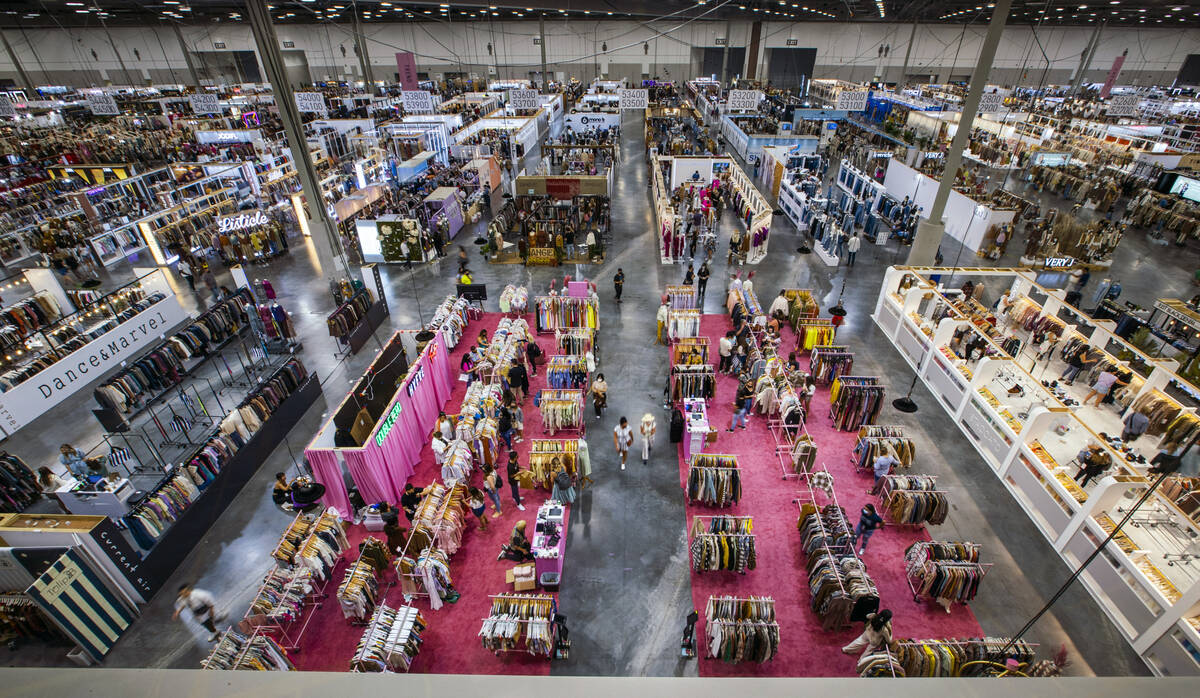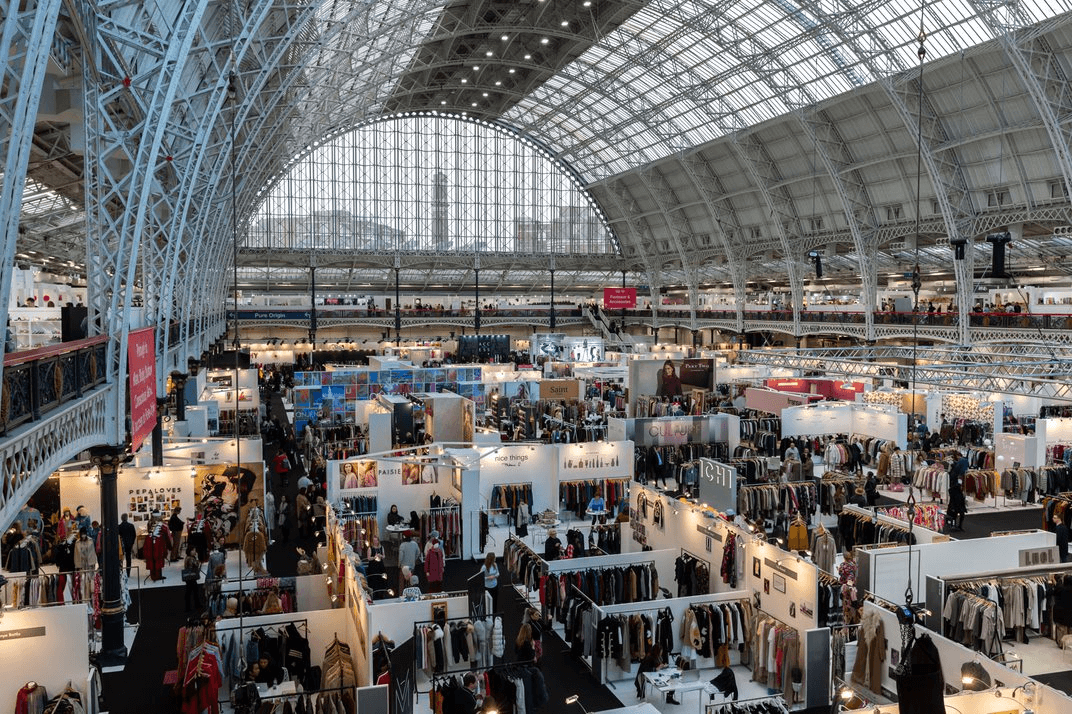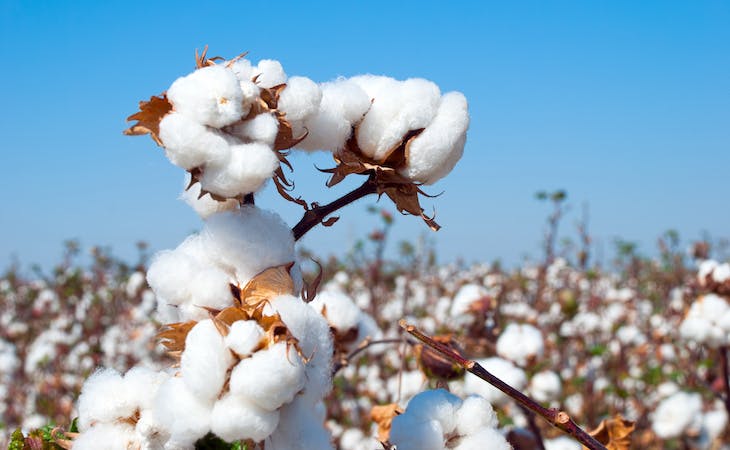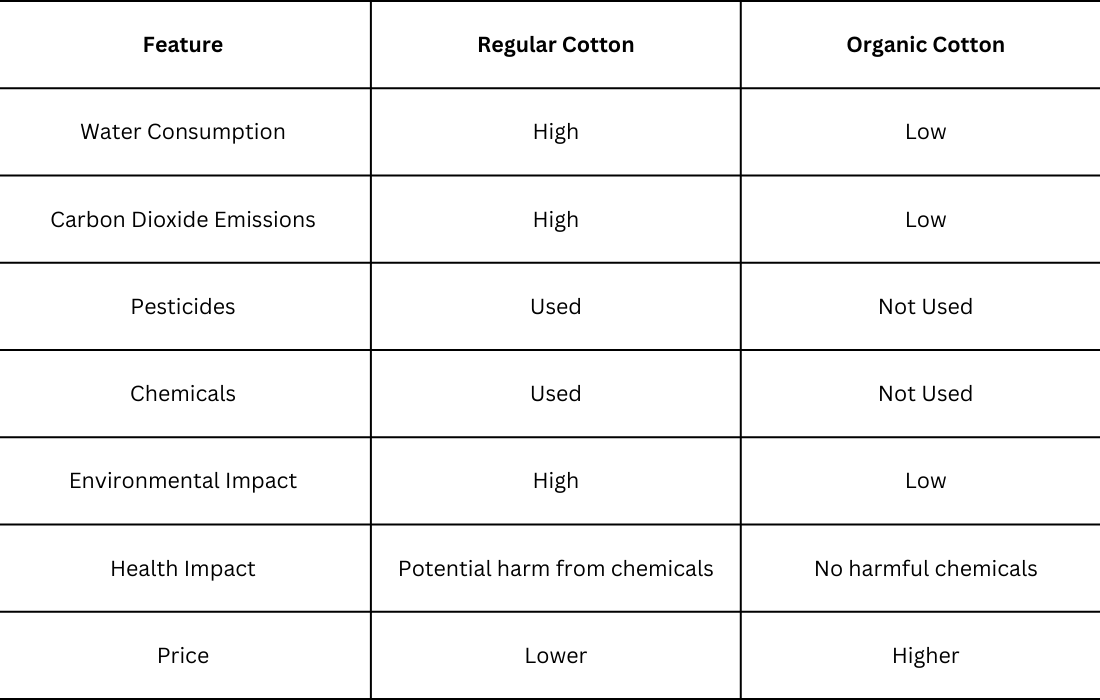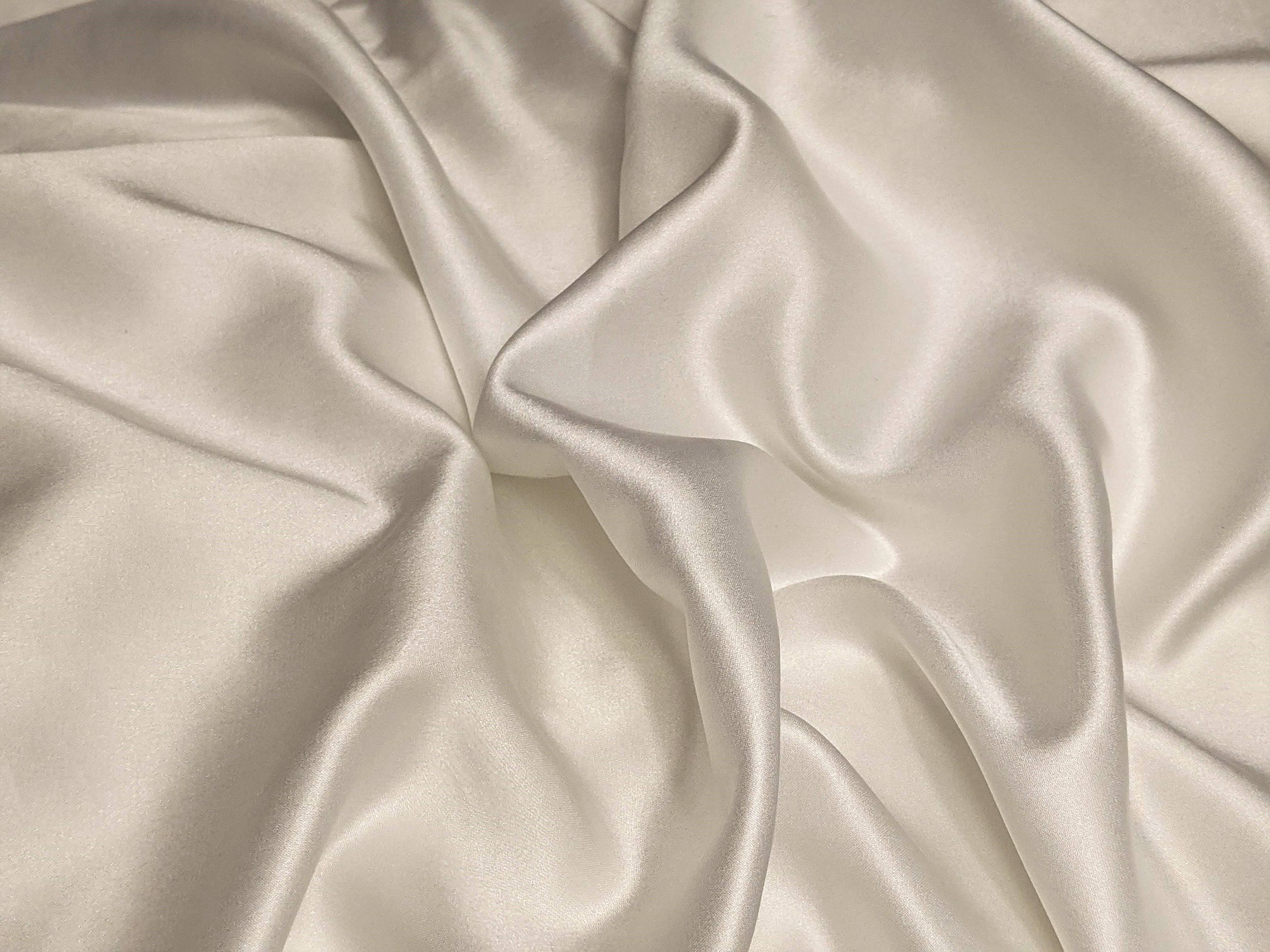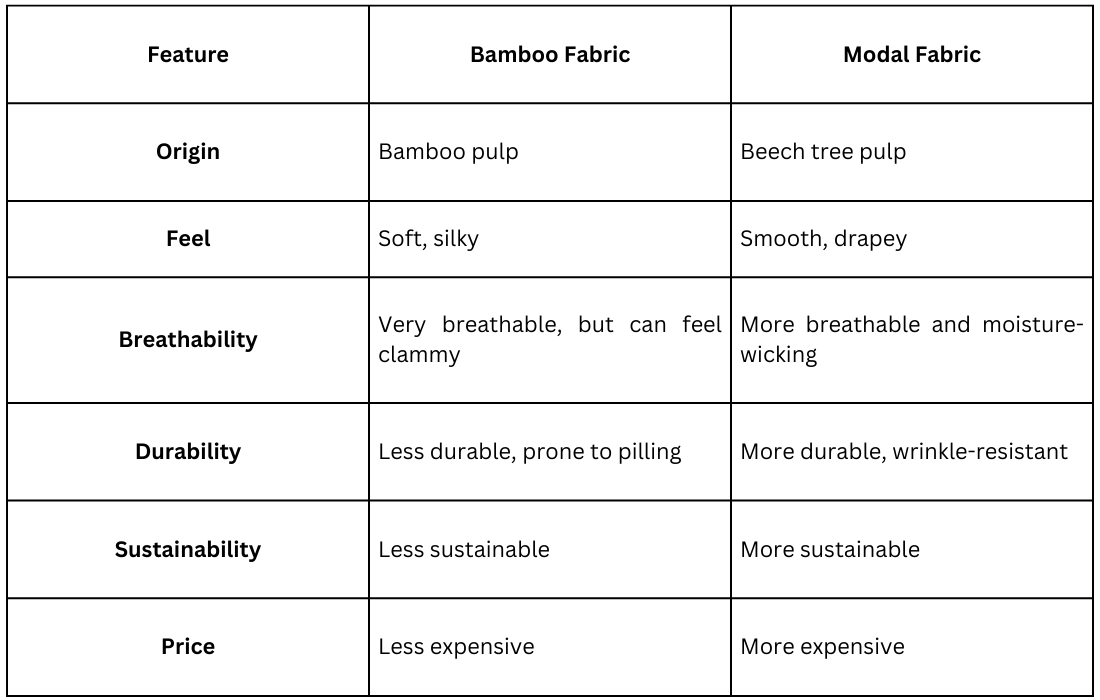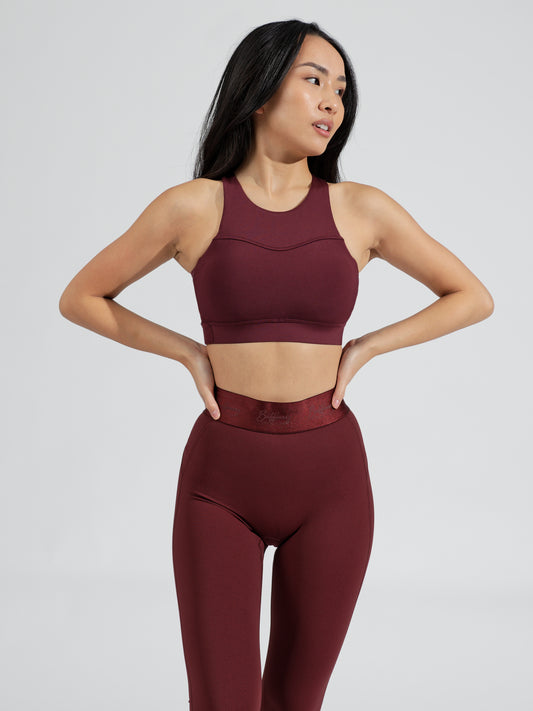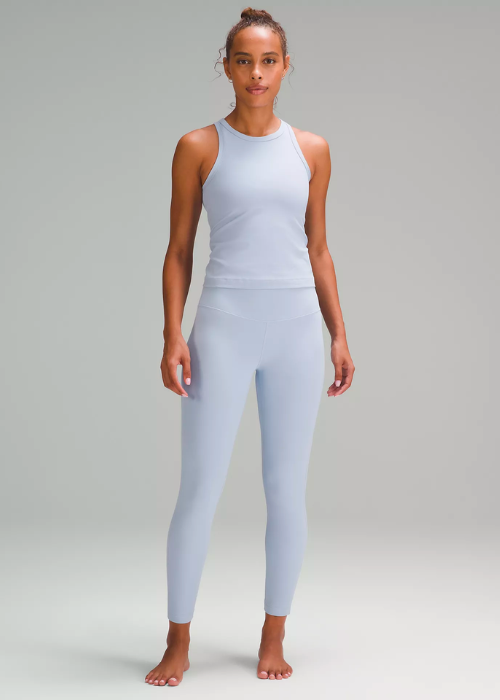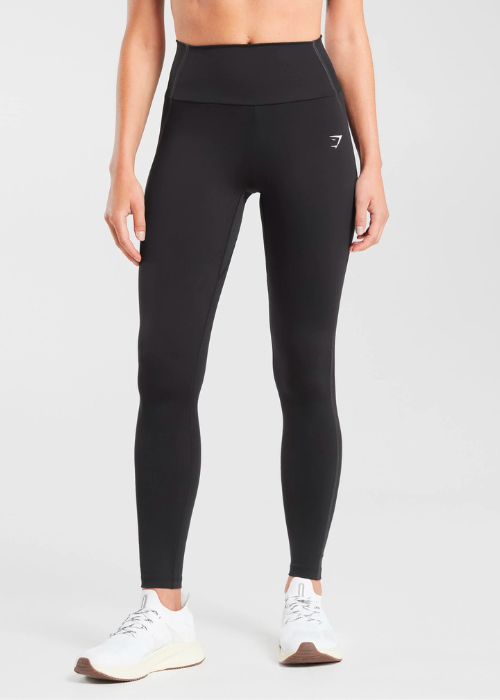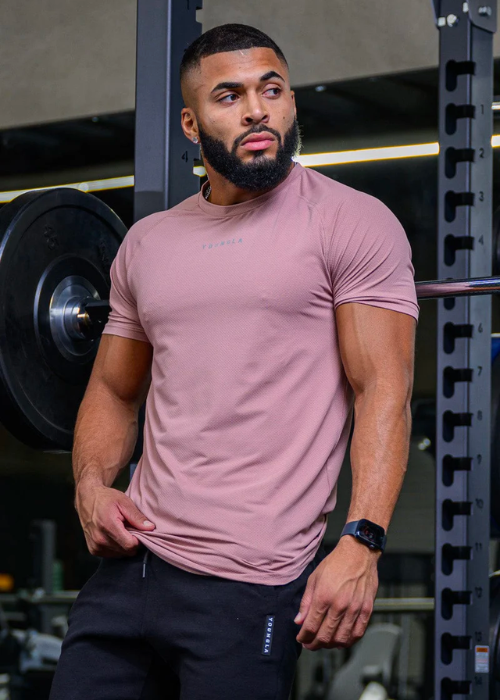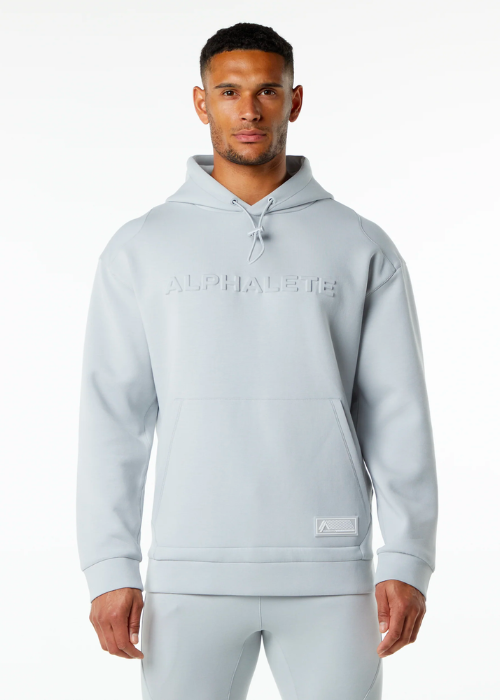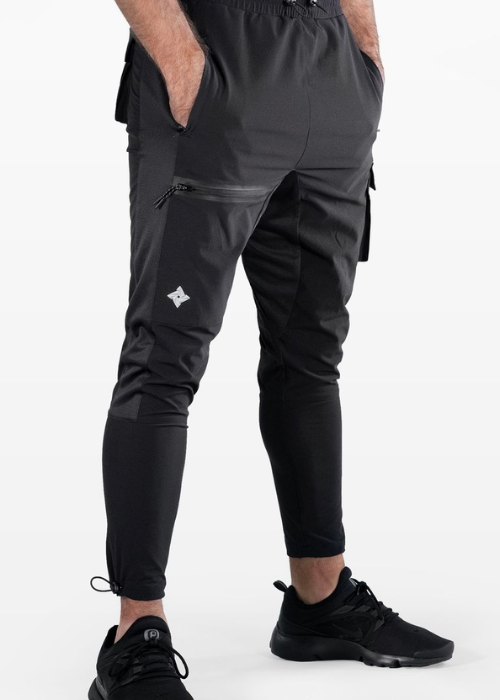In today's fast-paced world, the fashion industry has witnessed a significant transformation, giving rise to a phenomenon known as "Fast Fashion." While this trend has made trendy clothing more accessible and affordable, it comes at a great cost to the planet, workers, and animals involved in the production process. As a brand owner or aspiring entrepreneur, it is crucial to understand the detrimental effects of fast fashion and take steps towards building a more sustainable and ethical fashion business.
The Rise of Fast Fashion: A Tragic Reality Check for Fashion
Fashion, which was once an occasional event centered on seasonal changes or outgrowing clothes, has changed significantly over the last 30 years. The introduction of fast fashion impacted the industry, offering cheap and trendy clothing that quickly became a weekly shopping habit for many. Global chains like H&M, Zara, and Topshop emerged, offering affordable celebrity-inspired fashion that is accessible to almost everyone.
However, the true cost of fast fashion became evident in 2013 when the Rana Plaza clothing manufacturing complex in Bangladesh collapsed, claiming the lives of over 1,000 workers. This tragedy served as a wake-up call for consumers, highlighting the dark side of fast fashion and raising questions about its ethical and environmental impact.
What is Fast Fashion Definition?
Fast fashion can be defined as the production and distribution of inexpensive, trendy clothing that mimics ideas from the runway or celebrity culture and is designed to be quickly and cheaply made.
These garments are manufactured rapidly to meet consumer demand for the latest styles. The primary concept of fast fashion is encouraging consumers to buy more and buy often, then throw out the items after a few wears only to stay on top of ever-changing trends. The goal is to make fashion affordable and accessible to a wider audience, but at what cost?
The Environmental Impact of Fast Fashion
One of the most significant concerns surrounding fast fashion is its negative impact on the environment. This toxic cycle of overproduction and consumption has turned the fashion industry into one of the largest polluters globally.
The fast fashion industry relies heavily on the production and consumption of large quantities of clothing. This results in excessive waste generation and pollution. According to estimates, around 85% of textiles end up in landfills or burned each year, resulting in environmental degradation.
Additionally, the production of fast fashion garments requires massive amounts of water, energy, and chemicals. From growing cotton to dyeing fabrics, each step in the production process has a major environmental impact. These processes often lead to water pollution, deforestation, and the emission of greenhouse gases. The fashion industry is responsible for around 10% of global carbon emissions, more than international flights and maritime shipping combined.
The Human Cost: Abuse and Unsafe Working Conditions
Another concerning aspect of fast fashion is the abuse of workers in the fashion supply chain. Reports indicate that clothing factory workers, particularly in developing countries, face underpayment and unsafe working conditions.
In order to keep up with the demand for cheap clothing, fast fashion brands often outsource their production to low-wage countries, where labor laws and regulations are loose. This leads to poor working conditions, long hours, low wages, and even child labor. Garment workers are often forced into unsafe working environments, with factories lacking proper ventilation, fire safety measures, and protective equipment. Many workers are underpaid and are unable to unionize to fight for their rights. The fast fashion industry continues a cycle of poverty and inequality, leaving workers trapped in a system that prioritizes profit over their well-being.
The tragic incidents at the Rana Plaza and other factories underscore the urgent need for change within the fashion industry. As a brand owner, it is essential to prioritize the well-being and fair treatment of workers throughout your supply chain.
The Animal Toll: Unsustainable Practices and Cruelty
In addition to its impact on humans and the environment, fast fashion also contributes to animal cruelty and unsustainable practices. The production of cheap clothing often involves the use of materials derived from animals, such as fur, leather, and wool. These materials often come from animals raised in cruel and unsustainable conditions. Animals are forced into confinement, overcrowding, cruel harvesting methods, and inhumane treatment, all in the name of fashion.
Furthermore, the use of toxic chemicals in the production of fast fashion garments can also harm animals and the environment. Chemical dyes and finishes used in clothing production are often released into waterways, polluting ecosystems and posing a threat to aquatic life.
To build an ethical fashion brand, consider alternative materials and production processes that prioritize animal welfare and sustainability. Choosing cruelty-free and environmentally friendly options can help drive positive change within the industry.
The Wake-Up Call: Millennials and Gen Z Driving Change
The true cost of fast fashion is becoming increasingly obvious, particularly to younger generations. Millennials and Gen Z, who are more conscious of sustainability and climate change, are actively seeking alternatives to fast fashion. They recognize the industry's contribution to global warming and are taking steps to reduce their reliance on fast fashion brands.
As a brand owner, understanding the mindset of these consumer segments is crucial. By aligning your brand values with their sustainability goals, you can tap into a growing market that prioritizes ethical and eco-friendly fashion choices.
Development of the Business Model: Sustainability as a Priority
Fast fashion brands are also recognizing the need to address sustainability concerns. By restructuring their business models and incorporating sustainability strategies, brands can adapt to changing regulations and consumer expectations. This evolution requires a comprehensive approach that includes sourcing, production, design, and end-of-life waste management.
Agile and Scalable Supply Chains
Next-generation fast fashion companies are developing agile and scalable supply chains to ensure transparency and accountability. By working closely with suppliers, these brands can monitor and reduce environmental and social risks throughout the production process. Technologies like blockchain offer opportunities for enhanced traceability and efficiency, enabling brands to make informed decisions and reduce their ecological footprint.
Data-Driven Product Design
Fast fashion brands are leveraging data-driven approaches to product design and testing. By analyzing current trends, viral products, and customer preferences, brands can create garments that align with consumer demand, reducing the likelihood of overproduction and waste. Companies like Shein use demand-driven trend modeling to inform their product selection, ensuring a more sustainable and customer-centric approach.
Building Loyal and Sustainable Customer Bases
To foster sustainability, fast fashion brands are building loyal customer bases through innovative marketing strategies. Affiliate marketing, influencer programs, and organic social community building are effective ways to engage with consumers who share the brand's values. By promoting sustainable behaviors and offering rewards for eco-friendly actions, brands can encourage long-term relationships with conscious consumers.
Towards a Circular Fashion Economy
To combat the negative impact of fast fashion, the industry is moving towards a circular fashion economy. In this model, resources are utilized efficiently, enabling the repurposing and recycling of materials to reduce waste. Brands can contribute to this transition by adopting the following practices:
▪️Improved Supply Chain Traceability
Achieving full supply chain visibility is crucial for regulatory compliance and responsible sourcing. Brands should invest in technologies like blockchain to enable transparent and efficient monitoring of their supply chains. By ensuring traceability across all manufacturing tiers, brands can identify and address environmental and social issues, fostering a more sustainable and ethical industry.
▪️Decarbonizing Production and Materials
To minimize carbon emissions, fast fashion brands should focus on decarbonizing their production processes and materials. Shifting towards renewable energy sources, looking into sustainable alternatives to traditional materials, and collaborating with innovative suppliers can significantly reduce the carbon footprint of the fashion industry. Partnerships with companies like MycoWorks, which produces leather-like materials from engineered mycelium, showcase the potential for eco-friendly collaborations.
▪️Designing for Longevity and Durability
Design plays a crucial role in creating a more sustainable fashion industry. Brands should prioritize longevity and durability by focusing on quality craftsmanship, durable materials, and timeless designs. Attention to detail, such as stitching and seams, can contribute to extending the lifespan of garments. Additionally, designers should consider materials that can be easily separated and recycled, promoting a circular economy.
▪️Introducing Resale and Closed-Loop Recycling
Brands can actively support the growth of resale markets and closed-loop recycling initiatives. Partnerships with secondhand marketplaces, like The RealReal and Vestiaire Collective, enable consumers to extend the lifespan of their clothing. Additionally, investing in fiber-to-fiber recycling technologies, such as Renewcell's factory, can reduce waste and promote the regeneration of materials. By following these practices, brands contribute to a more sustainable and circular fashion ecosystem.
Embrace the Change: Building a Sustainable Fashion Brand
As a brand owner or aspiring entrepreneur, it is crucial to embrace change and build a sustainable fashion brand. By understanding the detrimental effects of fast fashion and adopting responsible practices, you can contribute to a more ethical and environmentally conscious industry. Here are some actionable steps to guide your journey:
Define Your Values: Clearly express your brand's values and commitment to sustainability. This will guide your decision-making processes and help you communicate your message effectively to consumers.
Source Responsibly: Partner with suppliers and manufacturers who share your commitment to ethical practices. Conduct thorough investigations to ensure fair labor conditions, sustainable materials, and transparent supply chains.
Design for Sustainability: Prioritize longevity and durability in your designs. Consider materials with a lower environmental impact and choose innovative alternatives to traditional animal-derived materials.
Reduce Waste: Implement strategies to minimize waste throughout your production process. Optimize inventory management, check out pre-order models, and repurpose or recycle fabric remnants to limit waste generation.
Embrace Transparency: Communicate openly with your customers about your sustainability efforts. Provide information about your supply chain, materials used, and environmental initiatives to build trust and loyalty.
Engage with Consumers: Educate your customers about the impact of fast fashion and the importance of sustainable choices. Foster a community that values conscious consumerism and supports your brand's mission.
Collaborate for Impact: Seek partnerships with organizations and initiatives dedicated to sustainability in the fashion industry. Collaborative efforts can amplify your impact and contribute to systemic change.
Conclusion
By adopting these principles and taking deliberate steps towards sustainability, you can create a fashion brand that aligns with the values of conscious consumers and contributes to a more ethical and environmentally friendly industry.
Remember, the transition to a sustainable fashion industry is a collective effort. As a brand owner, you have the power to drive change and inspire others to follow suit. Let's build a future where fashion is not only trendy but also responsible and respectful of our planet and its inhabitants.
FittDesign is your one-stop partner for transforming your vision into reality. We offer comprehensive services, from eco-conscious product design to efficient manufacturing solutions.
Start your journey towards a successful and sustainable fashion future, contact us today!
